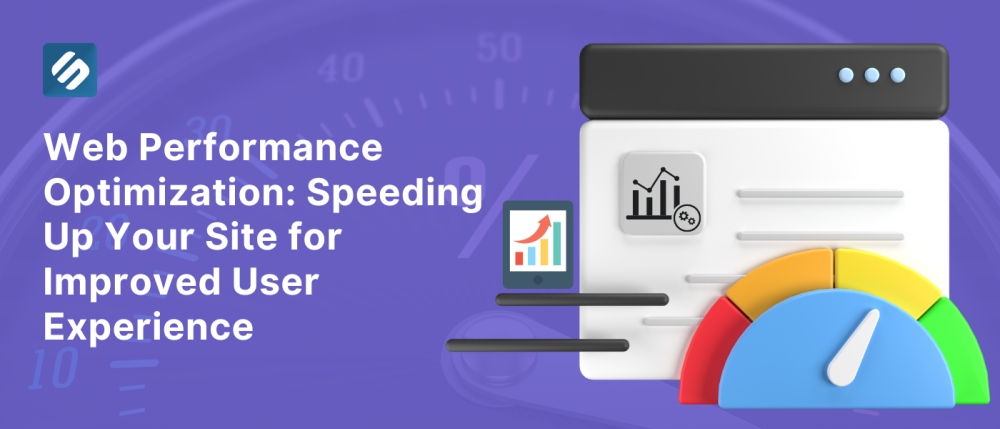Introduction
In the rapidly evolving digital era, website performance plays a crucial role in determining user experience. Slow-loading pages and sluggish websites can drive visitors away, leading to a significant loss of potential customers and revenue. In this article, we will explore the importance of web performance optimization and how it can enhance user experience while boosting your site's search engine rankings.
Understanding Web Performance Optimization
Web Performance Optimization (WPO) refers to the process of improving the speed and responsiveness of a website. It involves various techniques and strategies aimed at reducing page load times, enhancing server response, and optimizing the overall user experience. With attention spans decreasing and competition increasing, having a fast and efficient website has become a necessity.
The Impact of Website Speed on User Experience
Bounce Rate Reduction
One of the primary benefits of web performance optimization is a significant reduction in bounce rates. When visitors encounter a slow-loading website, they are more likely to abandon it and seek alternatives. By optimizing your site's performance, you can keep users engaged and encourage them to explore your content further.
Improved User Satisfaction
A fast website translates to happy users. When your site is quick to load and responds promptly to user interactions, visitors are more likely to have a positive experience. Satisfied users are more inclined to stay longer, convert into customers, and even recommend your site to others.
Increased Conversion Rates
Studies have shown that website speed has a direct impact on conversion rates. As loading times decrease, the likelihood of visitors completing desired actions, such as making a purchase or filling out a contact form, increases. Optimizing your website can lead to a substantial boost in conversions and revenue.
Key Strategies for Web Performance Optimization
Optimize Image Sizes
Large image files can significantly slow down your website. Use image compression techniques to reduce their size without compromising quality. Additionally, consider using responsive images to serve different sizes based on the user's device.
Minimize HTTP Requests
Each element on your website, such as images, scripts, and stylesheets, requires an HTTP request. Minimize these requests by combining files and removing unnecessary elements, resulting in faster load times.
Utilize Browser Caching
Enable browser caching to store frequently accessed resources on the user's device. This allows returning visitors to load your site more quickly, as their browsers don't need to download all resources again.
The SEO Benefits of Web Performance Optimization
Beyond enhancing user experience, web performance optimization also positively impacts your site's search engine rankings. Google considers page speed as a ranking factor, and faster-loading sites are more likely to rank higher in search results. Moreover, reduced bounce rates and increased user engagement contribute to better SEO performance.
Conclusion
In a digital landscape where users demand instant access to information, web performance optimization is no longer optional. A faster website not only improves user experience but also positively impacts search engine rankings and conversion rates.
By implementing the strategies mentioned in this article, you can speed up your site, impress your visitors, and create a loyal user base. Remember, optimizing your website's performance is an ongoing process, and regularly monitoring and fine-tuning your site will ensure continued success in providing an exceptional user experience.
Unlock the potential of your online presence with SohojWare's Web Performance Optimization.




